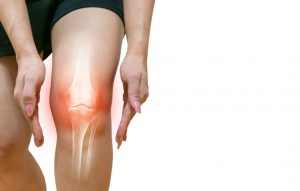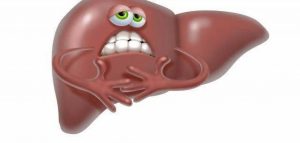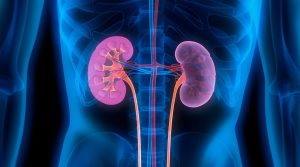In youth, most of us think that sore joints are a purely “age-related” problem. And, of course, there is some truth in this. With age, metabolism changes, the amount of collagen, elastin and chondroitins decreases. Damage appears easier and harder to heal. However, these factors are not enough to cause arthritis.
Why joints hurt
Acute joint pain cannot be caused

by “age-related changes”. This pain is always associated with inflammation. The latter is accompanied by edema and the release of powerful biochemical substances (prostaglandins), which irritate the tissues of the joint.
In chronic course, pain is caused not so much by swelling as by stiffness of the ligaments, damage to soft tissues. With the formation in their place of “scars” (fibrosis), not capable of stretching (movement). Patients report pain and stiffness, more often associated with the onset of movement.
Joint “suffering” can be caused by:
attack of own immunity, detection of antibodies to joint tissue (rheumatism, ankylosing spondylitis),
deposits of uric acid salts in the joint cavity (gouty arthritis),
infections (chlamydia, tubercle bacillus, herpes viruses
“Hint” at violations, even before obvious signs, can be:
slight stiffness or discomfort (pain) after exertion,
as well as short-term swelling (and / or redness) that quickly go away without treatment.
At the same time, it is not easy even for the most experienced specialist to identify the main cause of the pathology. And there are several dozen highly specialized “joint” analyzes.
And on your own, at the preclinical stage, you can check the joints in a laboratory way. And even such screening may be enough to make a diagnosis or go to a specialized specialist.
Basic analyzes
According to generally accepted clinical guidelines, mandatory screening tests “for joints” include:
clinical blood test with leukocyte count,
C-reactive protein blood test
rheumatoid factor,
as well as an analysis for uric acid in the blood
And for convenience, we have combined them into one complex “Do joints hurt? Find the reason. ”
A clinical blood test here will indicate the degree of inflammation and its nature (bacteria, viruses, allergies, indirectly – an autoimmune process), as well as the risk of hemorrhage in the joint (by the level of platelets).
True, such an analysis is relevant, to a greater extent, at the time of inflammation. Whereas in the stage of remission it does not have much informational content.
C-reactive protein is a well-known marker of systemic inflammation, an increase in which tens of times is considered may be a sign of an autoimmune process.
Often, C-reactive protein, as a marker of systemic inflammation, indicates articular pathologies of post-streptococcal origin (rheumatism). When, as a result of the “similarity” of group A streptococci and some body tissues, immunity develops antibodies both against the pathogen and against its own tissues.
So sore throat, scarlet fever, erysipelas, transferred in the “distant” past – a good reason to keep the joints under control, as well as the heart.
The rheumatoid factor in the blood also serves to identify autoimmune processes, but somewhat from the “other side”. And more often than others, it increases with rheumatoid arthritis.
Well, a blood test for uric acid will help identify gout (metabolic disorder), as a result of which uric acid salts (urates) are deposited in the joint https://en.wikipedia.org/wiki/Joint cavity and change the normal physicochemical properties of the joint fluid.



